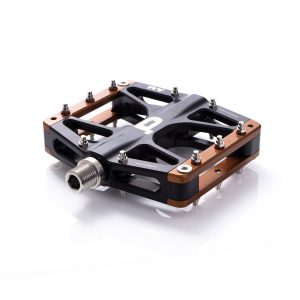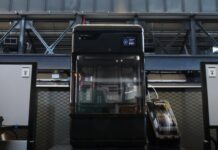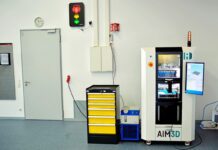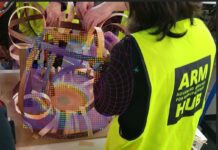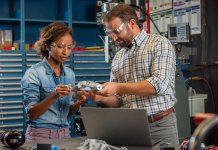Sponsored Content by
Working in manufacturing has been an interesting time in the last 12 months, with a rapid and yet, mostly undiscussed transition to working from home. With that has come a lot of really clever solutions that have been adopted by industry professionals to minimize negative impact of the pandemic on their output, with adoption of digital communications, file transfer systems, and cloud servers replacing local ones.
A recent report by McKinsey states that a more digitally connected workforce – such as the workforce we’ve been forced to become by the pandemic – stands to unlock more than $100 billion in value for the manufacturing industry alone. This opportunity exists in areas such as productivity boosts of 20 to 30 percent in collaboration-intensive work processes like root cause investigation, supplier management, and maintenance. However, while an adoption of certain new digital ways of working is increasingly the new normal, the transition has not been a completely smooth one.

The downfalls of on-premises solutions
Some manufacturers have learned from the pandemic, so are better prepared for future emergencies or disruptions: lessons learned include the vulnerabilities of being tied to on-premise data solutions, as they can be unexpectedly challenging in situations of uncertainty. Instead, manufacturers who have weathered the storm better have leaned into digital tools that enable remote work and seamless collaboration, wherever staff may be. Being dependent upon a server that cannot be accessed or maintained due to a pandemic makes that resources unreliable in a context of deadlines, worsened by software that is locked into now-inaccessible workstations.
Autodesk Fusion 360 has been specifically built to support more collaborative, multi-skilled and distributed workforces. It can be downloaded and installed anywhere you have an internet connection, offers peak performance from a laptop, and does not require laborious license verification. UK mountain bike parts manufacturer PEMBREE established their business earlier on in the pandemic using Fusion 360:
“There were a lot of late nights and challenges to overcome because we were launching during the COVID-19 lockdown. But when you step back and look at what we’ve achieved, it’s fantastic. We couldn’t have done it without Autodesk Fusion 360.” ~ Phil Law, Founder, PEMBREE.
|
|
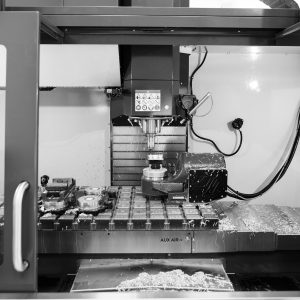 |
Creating a connected workforce
Leaders in the manufacturing industry are paying attention to, and moving quickly in addressing, this new way of working. Cloud-powered technologies that ease collaboration, do not care where people are located and provide infinite computer power on demand offer a seamless flow of productivity, irrespective of historical requirements like geography. As we turn the corner and see the release of a vaccine, we’re also recognizing that some changes brought by the pandemic to how we work will remain. Research shows that the number of permanent remote workers is set to double in 2021, to more than a third of the total global workforce. With the combination of a global workforce increasingly working from home, not only will cloud technologies be adopted in everyday work, progressive companies will benefit from global talent – sometimes both less costly and more skilled than the talent available locally – being available to any company willing to recruit from outside its city walls, county, state or national borders.
We at Autodesk embrace the concept that manufacturers’ solutions must enable seamless distributed work, provide all members of a team transparency into project status and give extreme computing capabilities to all employees; Fusion 360 is a platform that delivers exactly this.
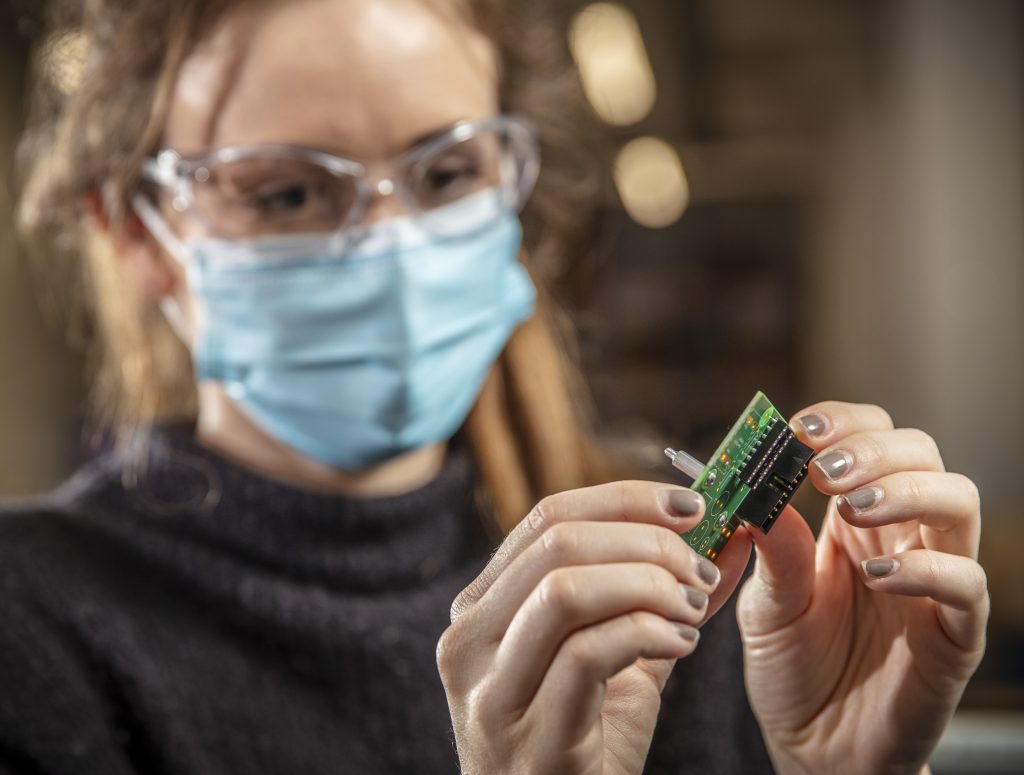
Tackling the skills gap
The events of 2020 may have been unforeseen, but manufacturing leaders will take this as an opportunity to tackle the problems they exposed. One of these problems is lack of technical know-how parity across a team can be exacerbated by working remotely. Teams are often comprised of differing skill levels, and in a digital-dominant workplace a drop in skill sharing and output can result, necessitating sessions to discuss workflow sand causing production delays.
Manufacturers can help bridge the skills gap by choosing processes and tools that are more accessible and easier to learn – namely by investing in collaboration tools that seamlessly work across different manufacturing machines and software. It is redundant to learn how to do something more than once because of a software limitation.
It may seem a lofty claim, but at Autodesk we envision Fusion 360 as ultimately being the keystone to every design and manufacturing challenge. We understand that no two design projects or manufactured products are the same. Across a range of projects, teams and individuals may find themselves needing deep electronics integration, testing and validation, or be the tip of the spear pushing design concepts further. Given “manufacturing” is inclusive of all these things, we believe it inefficient and risky to work in a fragmented fashion. Fusion 360 not only addresses the needs of design and manufacturing from every facet, it adopts modern working principles, eliminates the barrier of entry for data management, encourages and enables collaboration, and provides change management tools that make working with anyone, anywhere, as easy as possible.
Of course, we recognize adopting any new tool, especially under duress in a shifting emergency situation, is difficult and risky. To mitigate this risk, Autodesk offer multiples ways to get familiar, comfortable and proficient with our products. Whether you prefer video, text, guided lessons, or interactive webinars, we have you covered. We’ll get you up to speed with minimal disruption. Fusion 360 can not only replace legacy manufacturing software investments, but it plays nicely with native file formats from most major vendors – no intermediary file conversion necessary – so don’t worry about whether that STEP or IGES is accurate anymore!
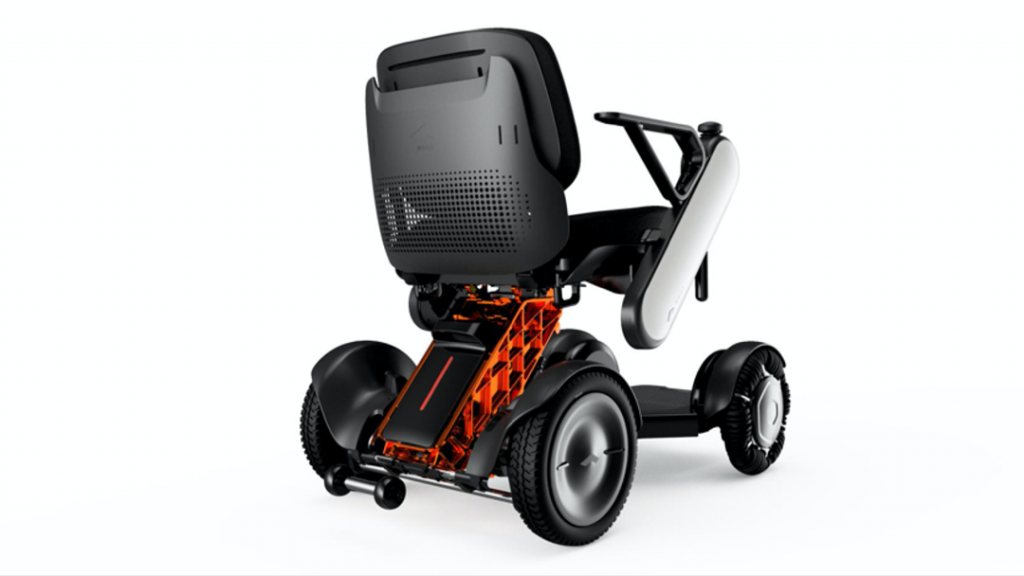
Building on our pandemic knowledge
Some time ago, as many other daily operations in the workplace (and at home) adopted them, we recognized, and invested in, cloud-based technologies becoming the new normal in manufacturing and design. With kids working from home in Google Classroom, and everyone binging Queens’s Gambit streamed on Netflix, why are we still counting on the CAD equivalent of DVDs in the mail?
Empowering the entire workforce with interoperable and accessible digital tools will help improve productivity, add value to the industry, and lay the foundations for next-gen technologies such as additive manufacturing and generative design. Ultimately, this empowerment will pave the way for new successes as manufacturing emerges from the pandemic, having learned the lessons the pandemic had to teach us.
Find out more at www.autodesk.com.au/products/fusion-360.
Images are provided by www.autodesk.com



